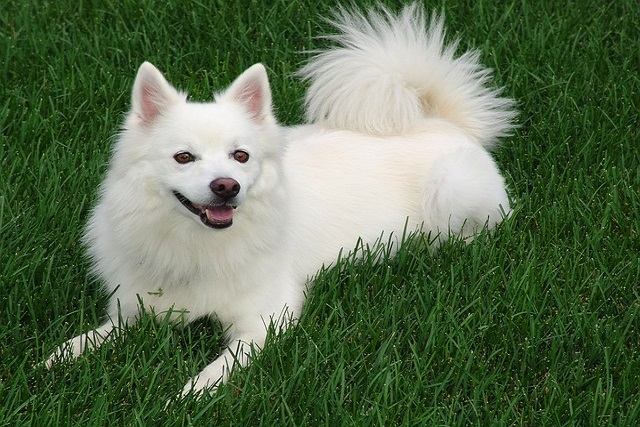
Can a dog ear infection go away on its own?
You’re in the backyard, watching your pup chase a squirrel, when you notice they keep scratching their ear and shaking their head.
Watching your dog struggle to stand up after napping or skip their favorite game of fetch because their legs ache is tough. The good news? What you feed your dog can play a big role in supporting their joint health—whether they’re a senior with stiffness, a large breed prone to hip issues, or a young pup you want to protect long-term. For new U.S. dog owners, especially those in apartments where exercise might be limited, focusing on joint-friendly foods helps keep your pup mobile and happy.
Healthy joints rely on nutrients that build and protect cartilage, reduce inflammation, and maintain lubrication. The most critical ones are glucosamine (a building block of cartilage), chondroitin (slows cartilage breakdown), omega-3 fatty acids (fights inflammation from conditions like arthritis), and collagen (supports connective tissue). My vet recommended these for my 8-year-old German Shepherd, Max, who started slowing down last year—within a month of adjusting his diet, he was jumping on the couch again. Avoid foods high in processed grains, added sugars, or excess fat, though—weight gain puts extra strain on joints, making discomfort worse. Remember: Diet works alongside exercise, not instead of it—even apartment dogs need short daily walks to keep joints flexible.

Start with a high-quality commercial dog food labeled for “joint support” or “senior” (for older pups) that lists glucosamine and chondroitin near the top of ingredients. Mix in fresh, joint-friendly add-ins: a spoonful of salmon oil (rich in omega-3s), cooked sweet potatoes (anti-inflammatory), or bone broth (collagen-rich). For homemade meals (great for picky eaters), combine lean protein like chicken or turkey with brown rice and steamed broccoli. Avoid feeding bones (they can splinter) or onions/garlic (toxic to dogs). Use joint-supporting snacks like freeze-dried turkey hearts or carrot sticks during training—positive reinforcement keeps training fun, and never scold your dog for moving slowly; patience is key with joint discomfort.
Before taking your dog for walks to keep joints active, confirm their rabies vaccine is up to date—required in all U.S. states—and core shots are current. Always carry poop bags: leaving messes in apartment parks or sidewalks isn’t just rude; cities like Chicago fine owners up to $500, and it keeps shared spaces clean for other dogs and owners.
Feeding for healthy joints doesn’t have to be complicated. With the right nutrients and portion control, you’ll help your dog stay mobile and enjoy their daily routines for years to come.

You’re in the backyard, watching your pup chase a squirrel, when you notice they keep scratching their ear and shaking their head.

Finding your senior dog pacing the floor, whining, or getting up and down repeatedly at 3 a.m. is stressful—for both of you. When restlessness strikes suddenly

You’re staring at your new dog cooling mat on a sweltering summer day, wondering if popping it in the fridge will make it extra cool for your panting pup.

Many dog owners notice their pups having loose stools and immediately check their food, but they often overlook a hidden culprit: dental issues.

You’ve noticed your pup panting nonstop on hot summer days, sprawling on the bathroom tile to cool down—and you’re wondering if those dog cooling mats

Watching your loyal senior dog slow down as the years pass is hard—but knowing whether they’re just aging or silently in pain can be even harder.